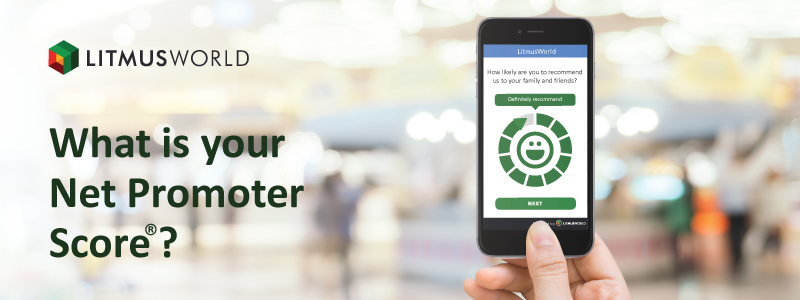The top 5 key Customer Experience Metrics you need to track
Top 5 Key Customer Experience Metrics

We recently conducted a quiz with the top Customer Experience (CX) professionals in India around their understanding of Net Promoter Score (NPS)® and surprisingly, the average understanding score was only 5.4/10!
80% of CEOs believe that they deliver great Customer Experiences but in reality, only 8% actually do so.
Over the past year, we have seen that executives are now becoming more and more aware of the importance of great Customer Experience, making the task of figuring out where to start making improvements—and how to measure customer experience—a top priority.
A great place to start is by measuring your key customer experience metrics. But when it comes to a qualitative concept like CX, how exactly do you measure it? That’s the question that we’ll address in this article. We’ll also cover common metrics that companies with mature CX practices use to measure customer experience.
Customer Experience Metrics:
Net Promoter Score®:
NPS is the percentage of your customers who would—or wouldn’t—recommend your company to their friends, family, or colleagues.

It’s typically measured with a customer survey that asks the customer, “How likely are you to recommend this business to a friend or colleague?” Customers rate your company on a scale from 0-10. Your NPS is calculated by subtracting the percentage of Detractors from the percentage of Promoters.
Going by the above formula, if you have 60% promoters, 15% passives and 25% detractors, your effective NPS score now is 60-25 = 35 percentage points.
Customer Satisfaction (CSAT):
CSAT is the average satisfaction score that customers rate a specific experience they had with your organization—such as getting an answer from customer support or returning a product.
Customer satisfaction is measured by sending customers an automated survey asking them to rate their level of satisfaction with the interaction on a scale of “Not satisfied at all” to “Very satisfied.”
Customer Effort Score (CES):
CES helps you determine the effort required by your customers to accomplish a task, like getting a support request handled or finding the product they were looking for. It’s typically measured by sending customers an automated post-interaction survey asking them to rate a specific statement on a defined scale.
The statement will depend on the interaction they just completed. For a customer support interaction, for example, you might ask “How much effort did you personally have to put forth to resolve your issue?” And have them rate the interaction on a scale ranging from “Very low effort” to “Very high effort.”
If you’re measuring how easy or difficult it is for customers to find the product they were looking for, you might ask them to rate the statement: The company made it easy for me to find the product I was looking for” on a scale ranging from ‘Strongly disagree’ to ‘Strongly agree.’
Customer Churn Rate:
Churn rate is the percentage of customers who either don’t make a repeat purchase (for transaction-based businesses) or cancel their recurring service (for subscription-based businesses).
You can calculate this metric by dividing the total number of lost customers by the total number of active customers for any given period.
For example: If the number of customers at the beginning of the period under consideration was 16000, and the number of customers lost during the same period is 500, the churn rate would be (500 * 100)/16000 = 3.12%
First response and average handling time(AHT):

First response time is the average amount of time it takes for a customer to get an initial response to their support issue. This is typically measured by taking the average amount of time from when your customers first open their support tickets to the time that they receive their first response.
As its name implies, the average handling time is the average amount of time it takes to resolve customer support interactions from start to finish. This metric includes time spent interacting with customers on calls, email, chat or anything else—as well as the time between interactions.
Average handling time is typically measured by taking the average amount of time it takes to fully resolve a customer issue—starting from when the customer first initiates the interaction all the way to the point when the issue has been successfully resolved.
Got Questions? Connect with one of our experts and get a detailed understanding of which metric best fits your business use case.

